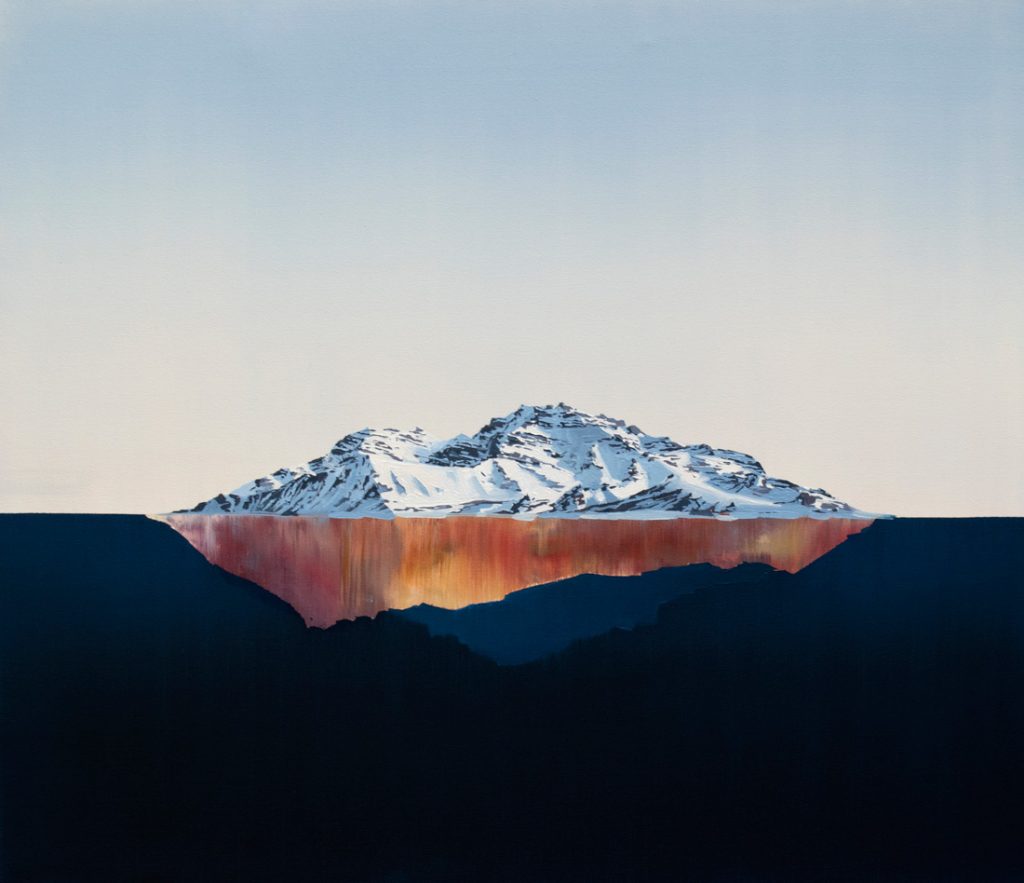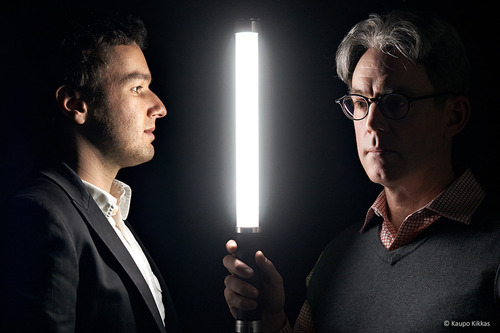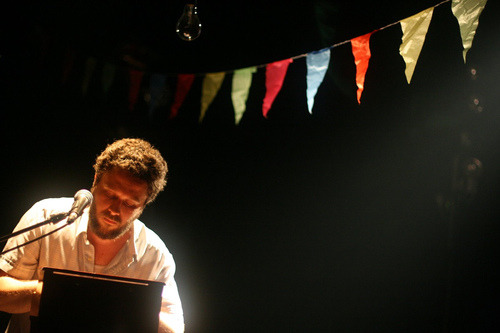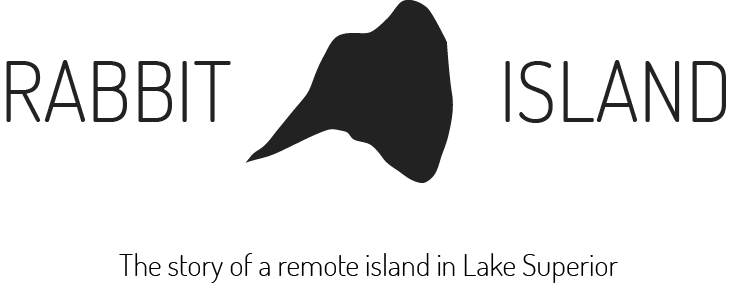Congratulations 2015 Residents
We are excited to announce the 2015 awarded residencies on Rabbit Island. Five artists will receive funding to travel to Rabbit Island as well as a materials stipend, access to our network of mainland facilities, and an exhibition at the DeVos Art Museum with publication in the yearly Rabbit Island catalogue. We are absolutely thrilled to be working with such intelligent and accomplished artists from around the world.
This year the Rabbit Island Residency received 200 proposals from 36 countries encompassing a variety of disciplines. The quality of ideas was inspiring, making selection difficult. Committee members reviewed each proposal, placing significant weight on the quality of each artist’s previous work, strength of specific proposal, the artist’s ability to demonstrate competence in wilderness environments, and the relationship of proposals to Rabbit Island itself and wider contemporary issues. We then held video conferences with 9 shortlisted artists before making final decisions.
Thank you again to everyone who submitted proposals, and congratulations to the following artists:

Beau Carey. A landscape painter from Albuquerque, New Mexico, Beau embeds himself in challenging environments to experience and record a sense of place, often uncovering historical and contemporary issues through his interaction. Beau has travelled extensively to remote places to pursue such practice. He has painted in the Arctic Circle in Norway, was the first wintertime artist resident in Denali National Park, and has created bodies of work set in ecologically contentious open spaces such as the Rocky Mountain Arsenal National Wildlife Refuge. He is a founding artist of TANK Studios in Denver, CO.
An excerpt of Beau’s proposal and statement:
Coastal surveying/profiling has long played an important part in my work. First employed by the Portuguese and then the Dutch in the 14th-17th century these navigational profiles ultimately played a huge role in how modern landscape came to be spatially structured. This structure while fully absorbed into the cliché of modern landscape painting is not innocuous. It is rooted in a history of globalism and environmental dominance. As someone who resides in a land locked desert exploring this structure is difficult, as it historically requires a coast. Rabbit Island with the aide of the small boat provided is perfect to continue this research in how we came to see and structure our pictures this way. I also enjoy the idea of surveying an island, not for navigational purposes related to commerce, but to “rediscover” a wild place that has been excluded from development.
Working in the field creates variables that cannot be created the studio. Painting with mittens on in -15 degrees and having to make and mix your paints with walnut oil so they don’t freeze creates marks that are reflective of a situation in a way a photograph isn’t. You can tell when a painting was painted in 45 mph winds because of the dust stuck in it. You make different decisions when you are tired, hungry and exposed. These field paintings come back to the studio and result in larger finished works that reflect observations and ideas obtained in the field.
At the heart of my works lies the central idea that all our experiences of landscape are culturally created. How we interact with spaces is informed by how we are taught to see them. I work with landscape painting, a decidedly un-contemporary genre that is often easily dismissed by a more critical crowd. On top of that I choose to deal with it sincerely, a double blow against initial readings of my work. However it is the difficulty of the subject that ultimately attracts me to it. Its spatial language is accessible, subtle and essential when it comes to how we choose to deal with issues like conservation, wilderness and development.

Eugene Birman and Scott Diel. Eugene is a Latvian-born composer based in Oakland, California. He received his M.M. in Music Composition from the Juilliard School, a B.A. in Economics from Columbia, and is currently pursuing a D.Phil in Musical Composition from Oxford University. Scott is an American-born writer based in Tallinn, Estonia, who has freelanced widely. The two have previously collaborated on several operas to critical acclaim. Their recent work, Nostra Culpa, eclectically weaves together the global debate surrounding post-financial crash austerity and a Twitter feud between a Nobel laureate columnist from the New York Times and the president of Estonia. Their unlikely inspiration results from a desire to step away from the formal opera genre and engage a wider audience with classical music that investigates contemporary issues.
An excerpt of Eugene and Scott’s proposal:
“The machine has won,” some have concluded after witnessing the construction of the American interstate highway system, coupled with vast concrete intersections that rise to the heavens. Yet these structures are being dismantled in many places, and a more human-friendly environment is sometimes the result of re-thinking the way we interact as human beings in an urban space. Our project will examine such a possibility in a musical space. The resulting piece of music, which will constitute an extended 40-minute one act opera, will focus not on mythological monsters but on how the very real issues facing the world could inspire people to re-consider their role in their urban environment and the world around them, though the piece will not be overtly utopian. Much like the outmoded machine must be destroyed to form closer bonds of communication in the real, urban world, our opera must first destroy the “deus ex machina” that is so essential to dramatic denouement in the operatic world.
Thus our project will not only challenge audiences to consider their role in an urban society and how to improve it on an individual scale, but essentially all of the existing rules of opera as well.
A residency at Rabbit Island would enable us to complete a full-length opera within three months of the residency’s conclusion. During our stay, we would make meaningful progress on the piece and use the incredible natural surroundings to influence and focus the material to create a piece that reflects both the urban environment we have left behind, and its essential antithesis in the serenity and isolation of the residency itself.

Josefina Muñoz. Josefina is a multi-disciplinary artist from Santiago, Chile, who often works nomadically creating pieces in and about environments she encounters. Josefina’s seemingly disparate projects focusing on material, architecture, location, and culture come together in an overarching impulse to answer questions of global concern. Josefina’s ambitious research project Is_Land will take her to Rabbit Island, Scotland, Chiloé, and Tristan da Cunha–the most remote settled island in the world. Her goal is to create a critical body of work informed by numerous manifestation of the island concept: as space, culture, and metaphor.
An excerpt from Josefina’s proposal:
The work I have developed over the past years is based on the space/place dialectic. Highly influenced by architecture, demographics, and space distribution, I employ different media/processes to comment upon the particularities of the places where I live and work.
I adhere to the premise that an island is a symbol of our larger society. However, if secluded lands develop and transform in the same way as congested territories do, what specific elements characterize their spatiality? How do the 300 Tristans represent the other 7 billion people on Earth? Can 90 undeveloped acres within a lake stand as a mirror for the rest of The Americas?

Noam Enbar. Noam is a composer and performer from Tel Aviv, Israel. His anti-establishment band, Habiluim, formed in 2003, has become one of the main radical voices in the Israeli music scene. The dark, political content of Habiluim’s songs is often juxtaposed to ecstatic music, drawing from Russian and East-European folk traditions and inspired by composers such as Kurt Weill and Hanns Eisler. His many musical projects, choral-theatrical pieces and inventive, starkly political works in collaboration with filmmaker Avi Mograbi have been performed at festivals, theaters and museums in Israel and across Europe.
Embedded in Noam’s proposal and previous body of work are themes central to major contemporary global ideological conflicts. In this context he will place himself within the solitude of Rabbit Island’s wilderness and compose a songbook that spotlights the intersection of the political and spiritual within society.
A excerpt from Noam’s proposal:
“The Leibowitz Songbook”. Yeshayahu Leibowitz (1903 -1994) is one of Israel’s great radical thinkers. A professor in biochemistry, neurophysiology and polymath, he is known for his outspoken opinions on religion and politics. Despite being an orthodox Jew, Leibowitz was a defender of the complete separation between religion and state and was amongst the first Israeli intellectuals to declare immediately after the war in 1967 that the occupation of Palestinian territories would inevitably lead to catastrophe and totalitarianism. Some of Leibowitz’s most striking radical critiques are now seen as amazingly accurate predictions and clear political-spiritual suggestions for the betterment of society (not just Israeli society, but any society).
I intend to devote my time on Rabbit Island to immerse myself in Leibowitz's writings and compose a selection of extracted fragments, using a small portable accordion, pencil and paper. These texts have great power and clarity and are asking to be reborn as expressive “speech-songs”.
I imagine the “Leibowitz Song Book” as an eclectic song cycle written for a number of ensembles, choirs and soloists, singers of different backgrounds and singing traditions, and in different languages, hopefully encapsulating something of Leibowitz’s personality—a contemporary thinker who lived and worked on the edge of spirituality, science and politics.
